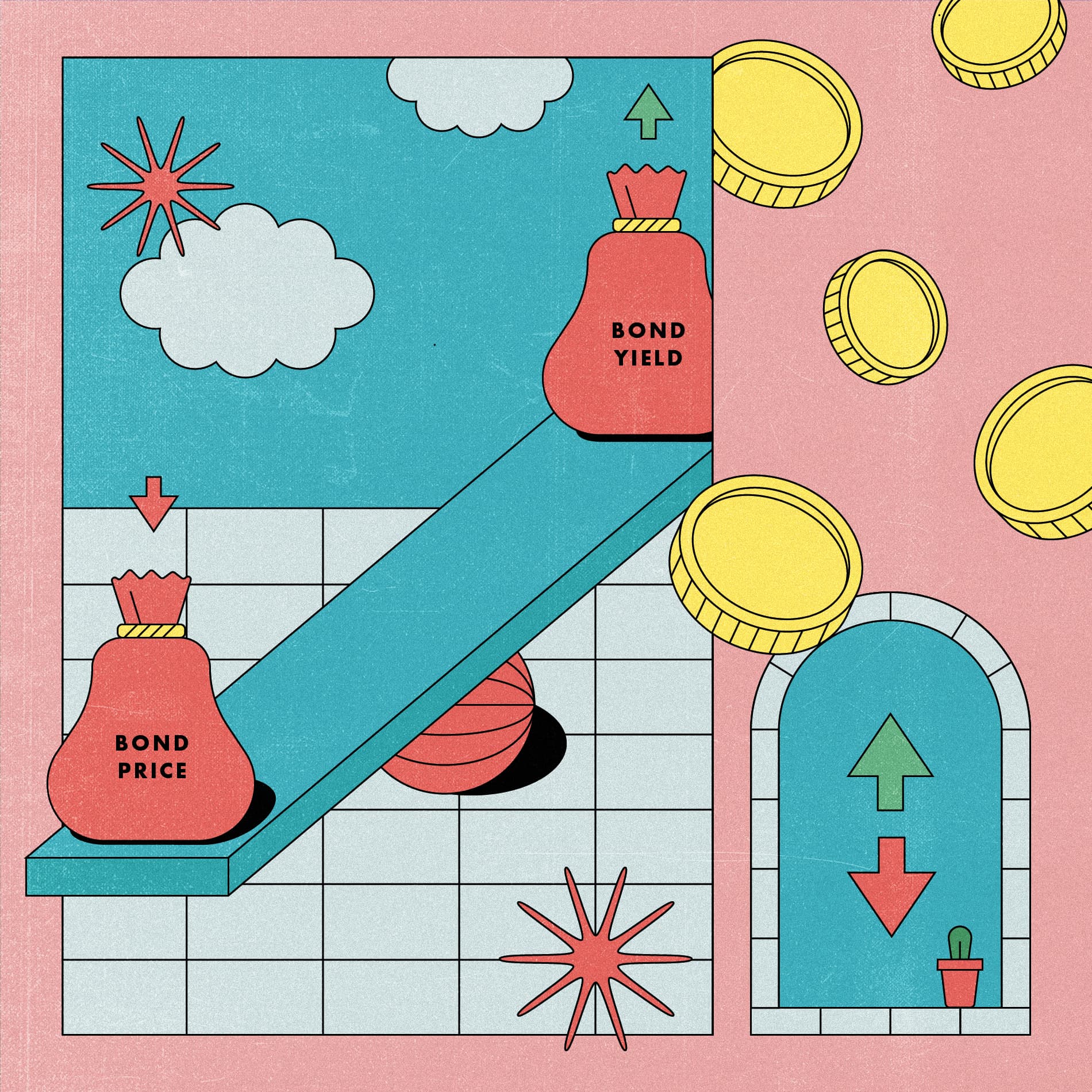
Finance for Humans
Tax Tips: How to Do Tax Season Right
It's the world's least popular season. But it's a great chance to step back and reclaim your finances.
Wealthsimple makes powerful financial tools to help you grow and manage your money. Learn more
Tax season gets no love. There’s no Tax Season Santa, or a Tax Bunny that leaves little audit slips throughout your garden. It does not smell of gingerbread or roasted ham — it probably reeks of pencil shavings, two-day-old cold coffee and Turbo-Tax sweat. But if it were a holiday, we’d call it the Start Doing Money Right holiday. Because it’s the perfect excuse to hit reset, improve your finances, and be better poised to crush tax day next year — not to mention retirement.
To help celebrate the world’s least popular holiday, we have devised these nine tips to not only survive the season, but become a tax-season financial genius.
1. File on time
Don’t pretend you don’t know the deadline is April 30th. It’s always been April 30th! If you don’t file on time and you owe the government taxes, you’ll pay a penalty: 5% of whatever you owe, plus another percent per month for up to a year. (If you owe taxes for past years and fail to pay the current year’s taxes, you could be assessed double penalties of 10% of the unpaid tax with 2% added every month.)
One of the essential tenets of being a financial genius is: don’t give away extra money to the CRA. And even if you owe the CRA money for 2018 taxes that you can’t pay in full by tax day, if you file on time they will waive the penalties.

Sign up for our weekly non-boring newsletter about money, markets, and more.
By providing your email, you are consenting to receive communications from Wealthsimple Media Inc. Visit our Privacy Policy for more info, or contact us at privacy@wealthsimple.com or 80 Spadina Ave., Toronto, ON.
2. Actually, file early
If you file earlier in April, you’ll receive your refund within a couple weeks; procrastinators who wait until 11:59pm on April 30th will have to wait four to six weeks for the refund to be processed.
3. For a lot of us, the best thing you can do for your tax bill (and your future) is contribute to your RRSP before March 1
Maybe you didn’t max out this year. Maybe you put off contributing completely and you’re trying not to even think about R’s and S’s and P’s. There’s still time! You have until March 1 to make contributions for 2018. Why should you do it? There are three reasons.
You won’t retire and discover you’re broke and decide to sell your plasma.
It’s immediate tax relief. Every dollar you contribute to an RRSP comes off your taxable income. Say you make $75,000, and contribute $10,000 of it into an RRSP; in the eyes of the tax authorities, you’re only making $65,000 in taxable income — thus enjoying an immediate $2,050 savings off your tax bill.
Though it’s earmarked for retirement, the government allows you to take money from your RRSP penalty-free to buy your first house or fund your education, as long as you return the money into your account over the course of a fifteen year payback period.
4. And if you have extra money, it’s probably better to max out your RRSP than to put it into a TFSA
TFSAs are tempting because they don’t come with onerous rules about waiting until you're retirement age to withdraw. But TFSA contributions are not tax deductible, so they won’t help your current tax bill. So if you think you'll be earning less in retirement than you do now, an RRSP is the best investing option — you'll be in a lower tax bracket when you withdraw the funds than you are now.
This isn’t the case for everyone — like for people who earn $48,000 or less per year. To figure out which account is right for you, check out our TFSA vs RRSP comparison.
Recommended for you
5. If you got married (or are common-law married), get RRSP-married too
If you got hitched in 2018, congratulations! For finding a person you like more than any other with whom to spend your remaining days. But also because of taxes — marriage functions as a great tax shelter. And the first thing to do is get your Spousal RRSPs — check out the link for the advantages for that account — into shape.
First thing to do: if one of you is a higher earner, that person should put money into the RRSP of the person who makes less. Since the high earner’s tax rate is higher, you’ll be saving more money. The other thing to do is begin to even out the amount in your RRSPs if there’s a big disparity — that way when you begin withdrawing from your RRSPs at a standard 4% withdrawal rate in retirement, the higher earner won’t end up with an outsized RRSP and get bumped up into a higher tax bracket, costing the couple lots of money in taxes.
6. Marriage Part Two: bundle your charitable contributions for a better bang/buck ratio
Yearly contributions of $200 and under are only eligible for a 15% tax credit, but anything over $200 earns 29%. So if you file your and your spouse’s contributions all together, you can reap the most in tax breaks.
7. When it comes to deductions, leave no stone unturned
There may be scads of tax deductions you haven’t considered, such as unreimbursed car travel for business or in-home care of an elderly parent and your home office. The CRA provides an exhaustive list of deductible items that you should eyeball before sending off your return.
8. Invest your tax refund as soon as you get it
In fact, put it right into your RRSP — you’ll get a jump on those contributions and feel disciplined, virtuous, and generally superior to everyone in the world (but don’t gloat!). Unless, of course, you’re carrying any credit card debt. Our advice is always: obliterate any credit card debt first, since no market gains will ever outpace the APR you pay on your plastic.
9. If your refund is too big, don’t congratulate yourself — make some changes
That refund cheque does not, in fact, mean that you’re a financial genius. It means you paid the government too much over the year. Money you could have been putting to work for you. Consider making an adjustment. For instance, you could ask your employer to withhold less in taxes if you know exactly how much you plan on contributing to your RRSP for the year; or you could increase pre-tax auto-deposits to your GRSP through your employer. Not only will you be putting money away, you’ll be slashing your reported income — and your taxes for next year.
If that’s not enough to get you excited about the Wealthsimple RRSP (which, we should say, is smarter and has lower fees), we don’t know what will.
Happy taxing.
Wealthsimple's education team is made up of writers and financial experts dedicated to making the world of finance easy to understand and not-at-all boring to read.










